A 40 minute flight from Mombasa took us to Manda Island on the North Coast of Kenya not far from the Somali Border. We had no option other than flying as the bus route took us through areas restricted by our UK Foreign Office where we are told not to travel under any circumstances.
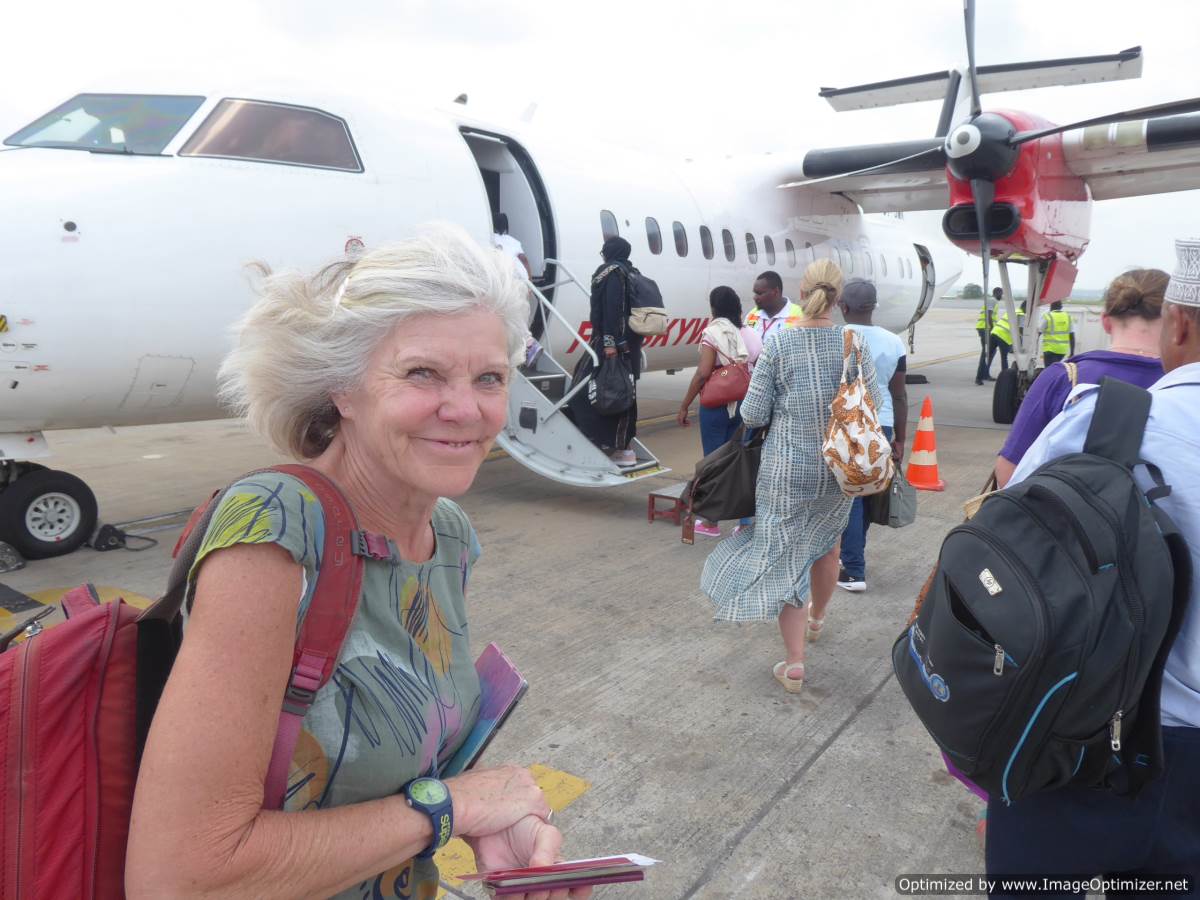

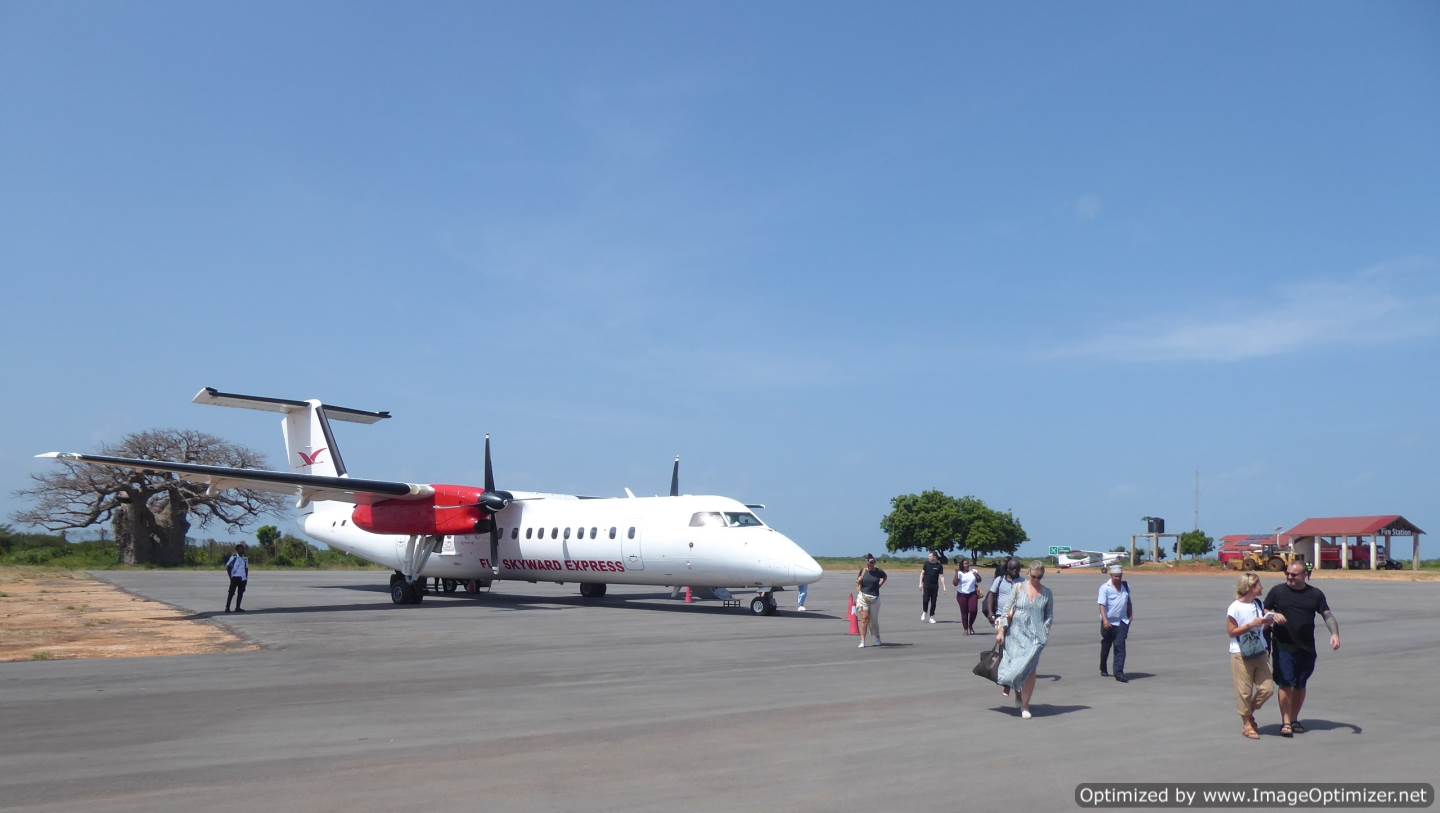
From Manda airstrip we had a short walk to the jetty and a 10 minute boat crossing to Lamu Island and Lamu town where we had booked 3 nights in a guesthouse in The Old Town. In retrospect this was probably a mistake as although the old town is a UNESCO World Heritage Site and probably the most complete Swahili town in East Africa it is not in good condition.
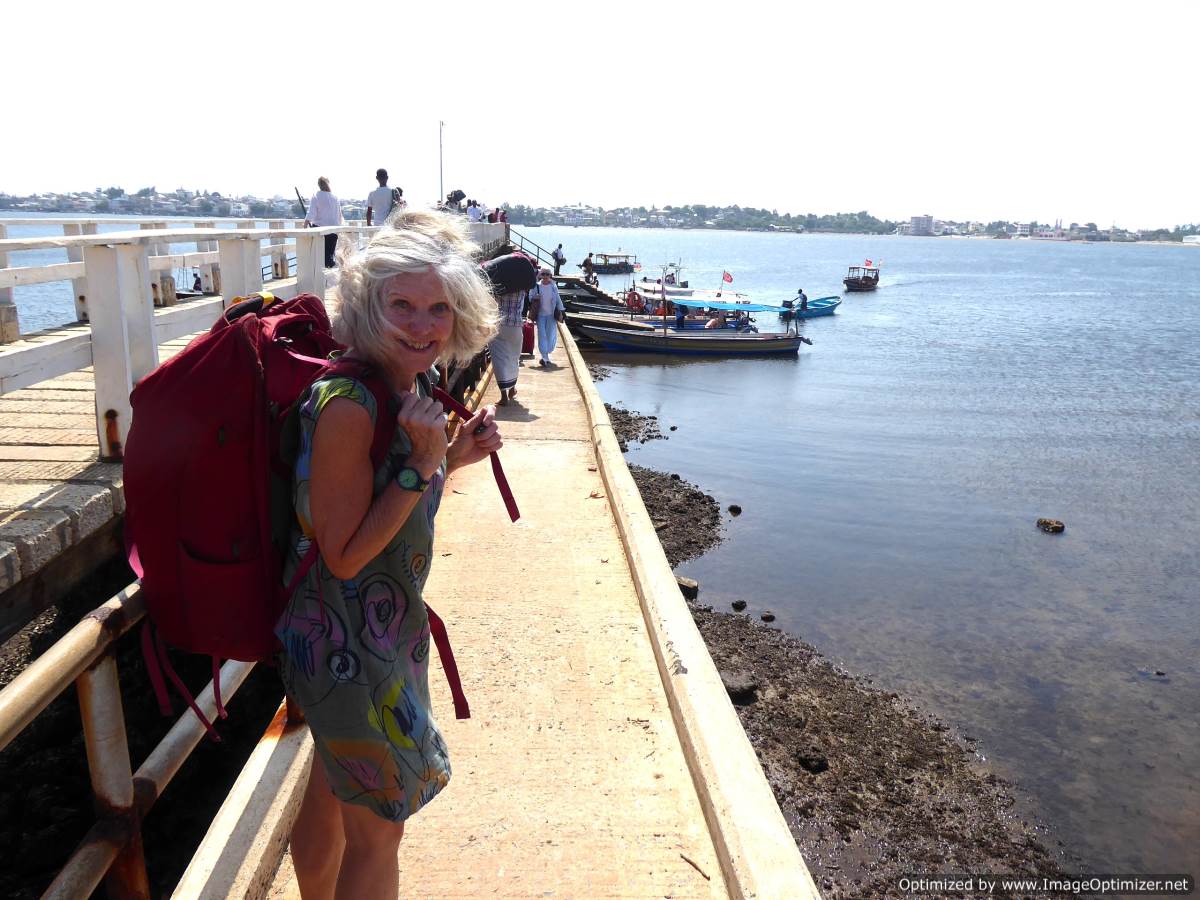
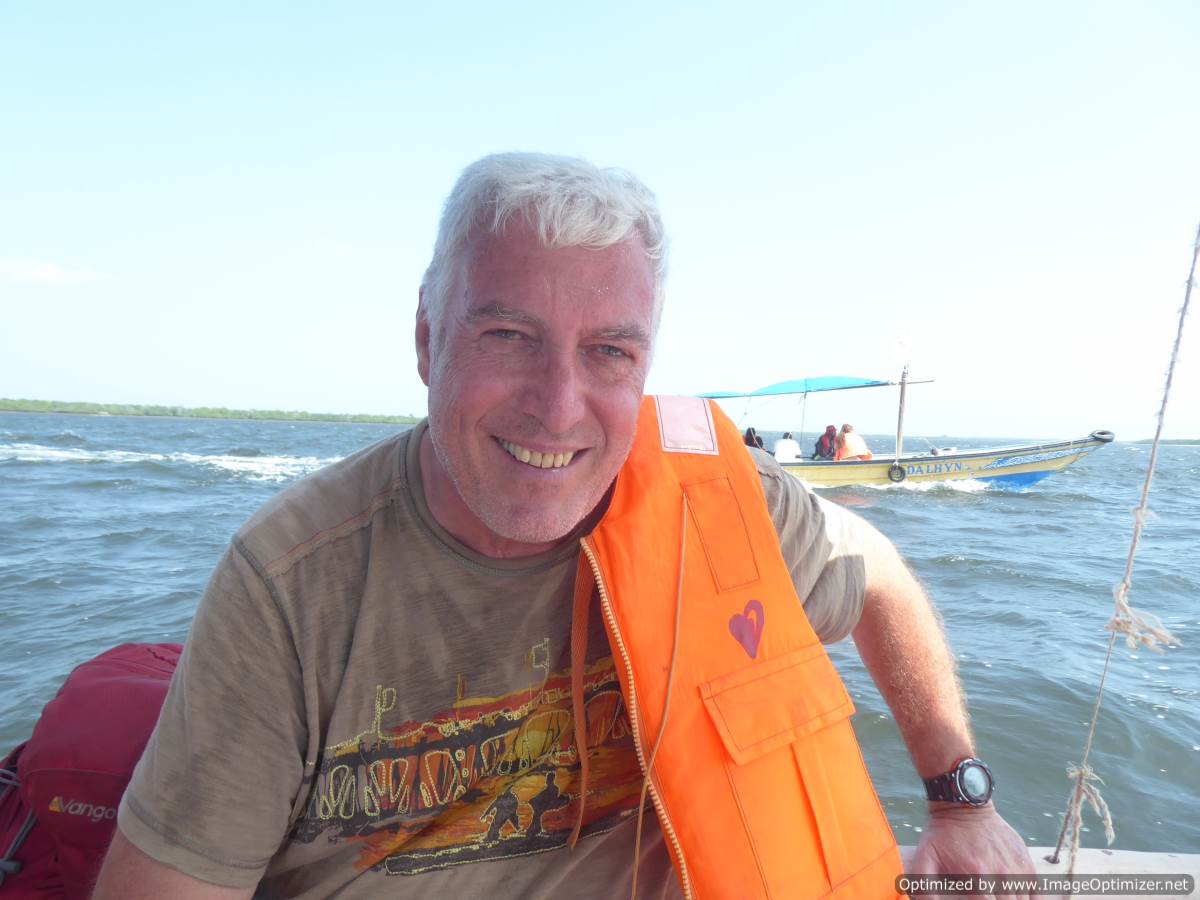

The tiny narrow streets, just wide enough for a person or a donkey are a hive of activity with your senses being assaulted constantly by noise and smells (donkey dung and sewage mainly). The waterfront is bustling with activity, hand pulled pushcarts delivering goods around the town, donkeys laden down with mainly building materials and hoards of young men loitering on any available space. Annie wondered where all the women were until we explored the back streets of Old Town and found them either working in the shops or shopping for food.
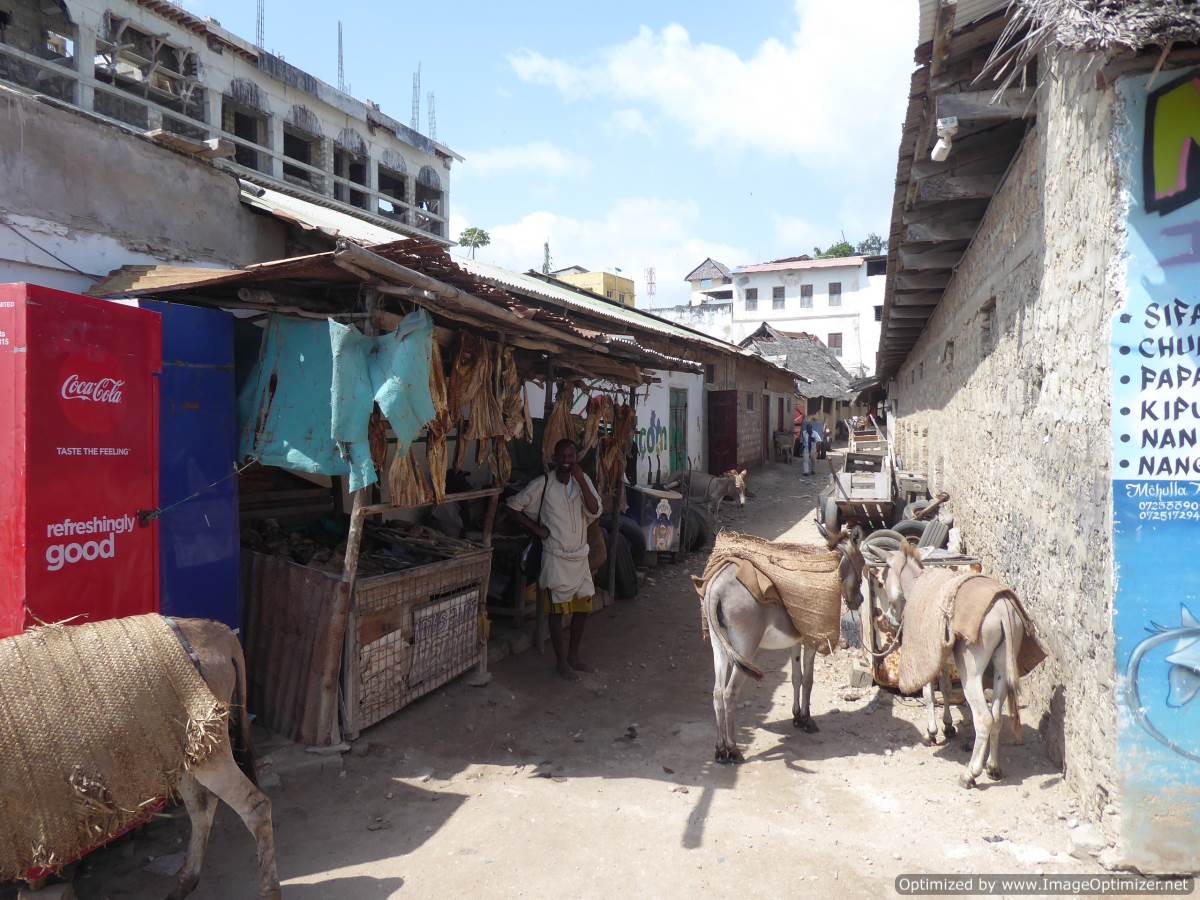


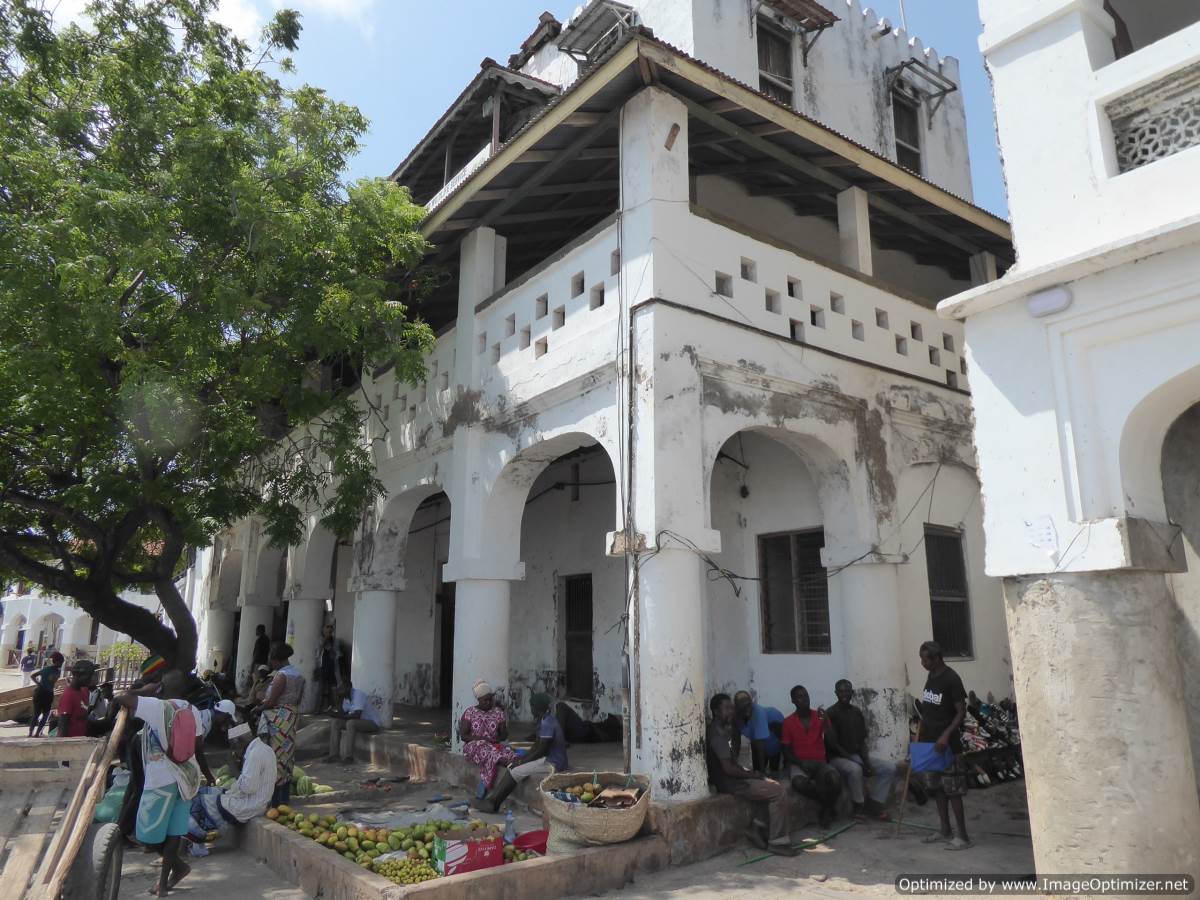
Our guesthouse was a 16th Century restored Swahili house with the rooms all built around an enclosed courtyard, it was located in the middle of Old Town and found down a couple of narrow alleyways off the waterfront. The best thing about our accommodation was the comfortable and breezy rooftop terrace with view over the harbour to Manda Island.
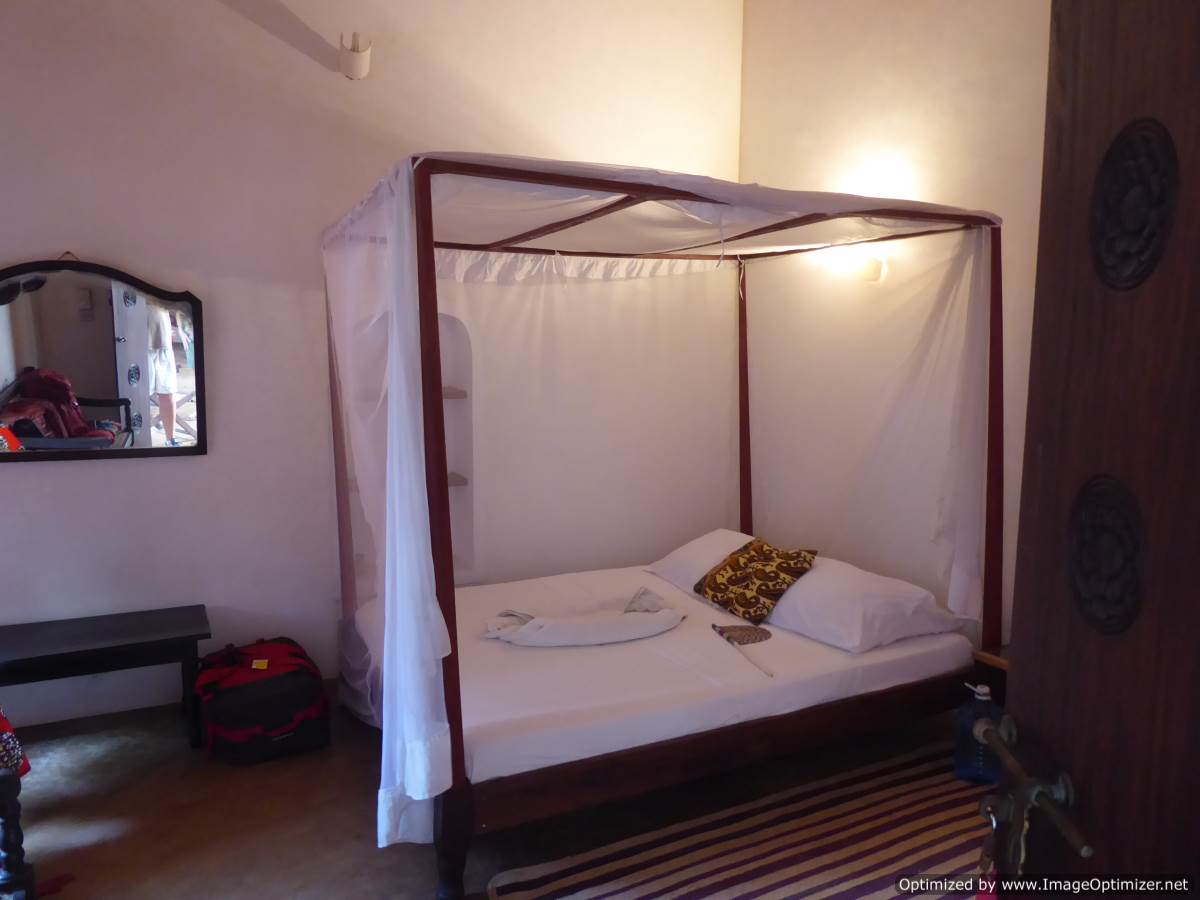


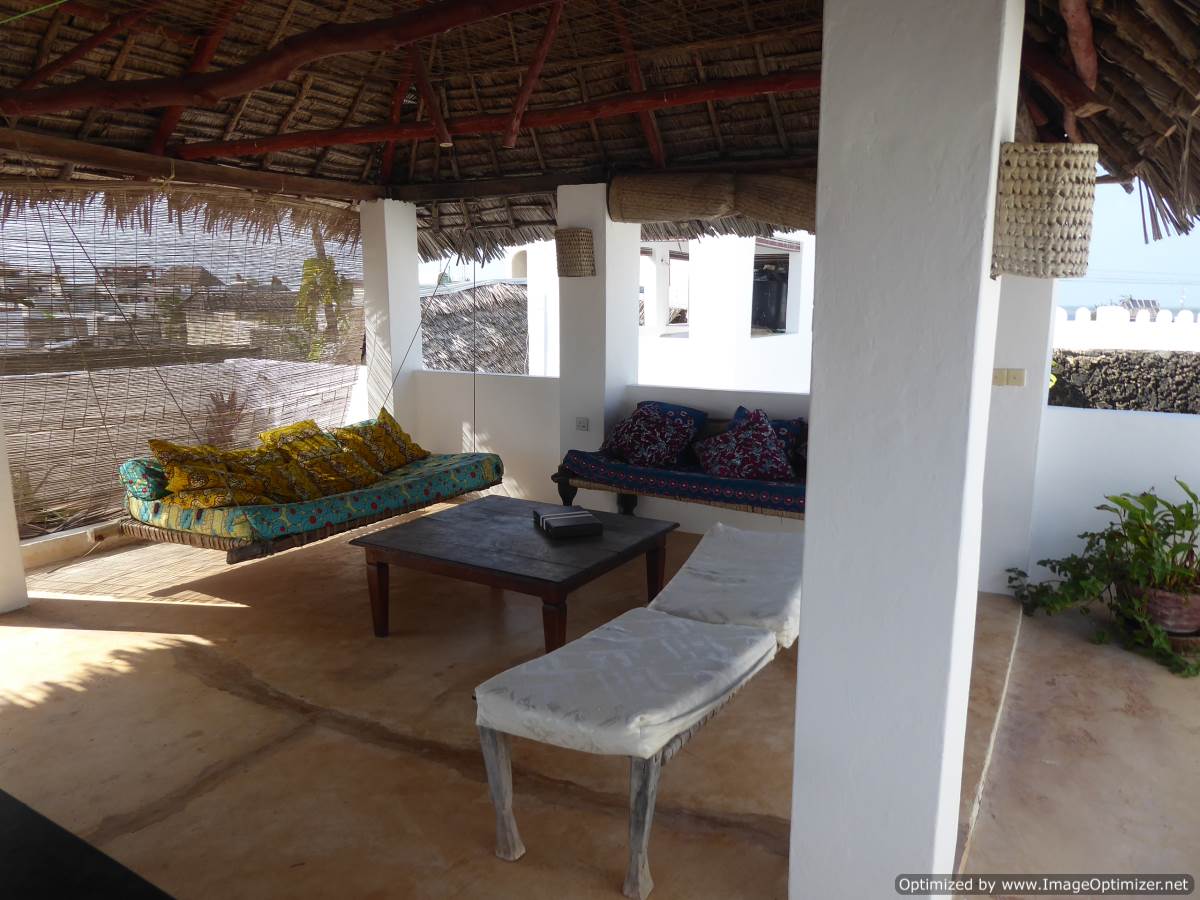
A 55 minute walk northwards along the seafront at low tide brought us to a dhow building harbour and further on to Shela Village where most of the upscale resorts are located. This is clearly because just past the village there is a 12 km long white sand beach. The village itself is much quieter than Lamu town with a number of classy resorts and guesthouses and lots of narrow alleyways with plenty of gift and souvenir shops. It was in stark contrast to the hustle and bustle of Lamu Town and is the location of the famous Peponi Hotel which seems to be the social hub of the area and the only bar selling alcohol in that part of the island. We met up with Carol, the owner of Peponi who is the daughter of very old friends of Annie’s parents in their Kenya days.
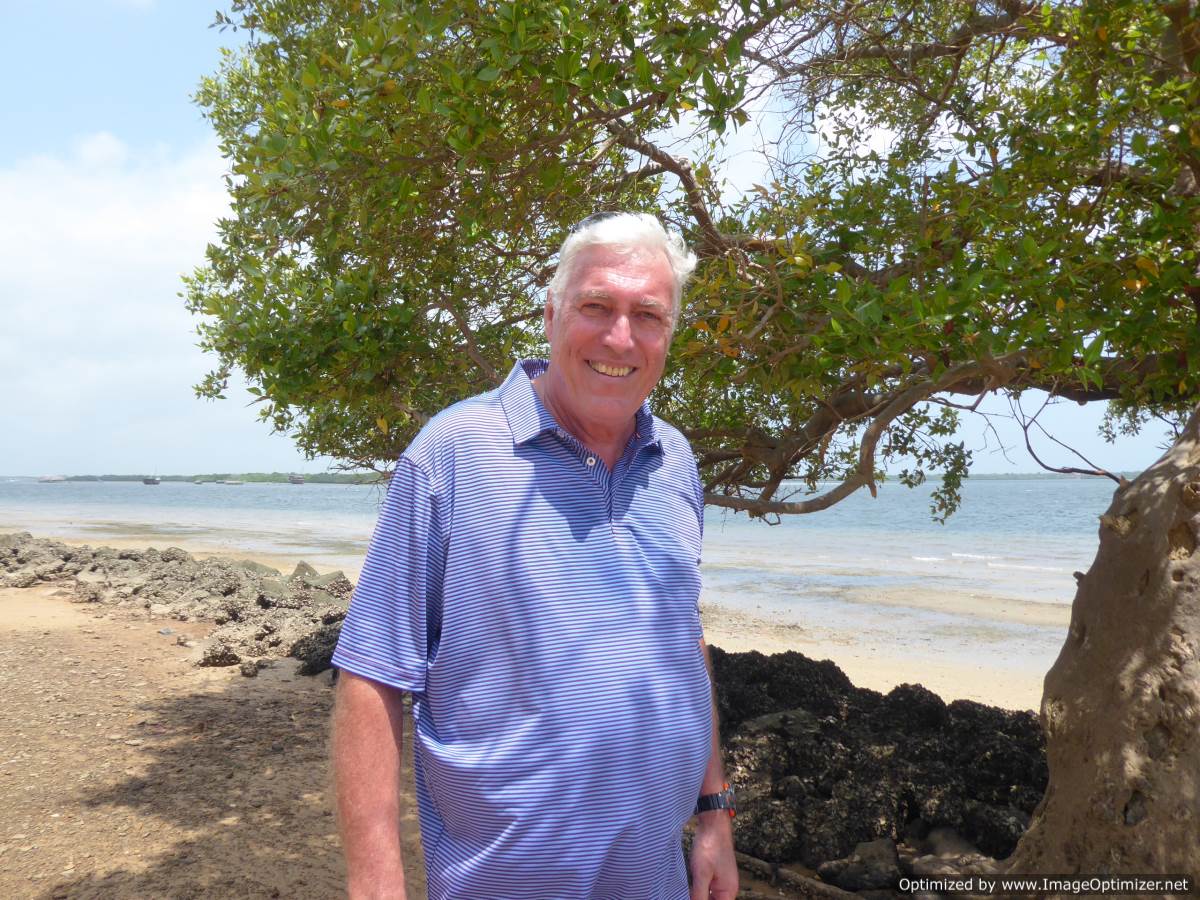


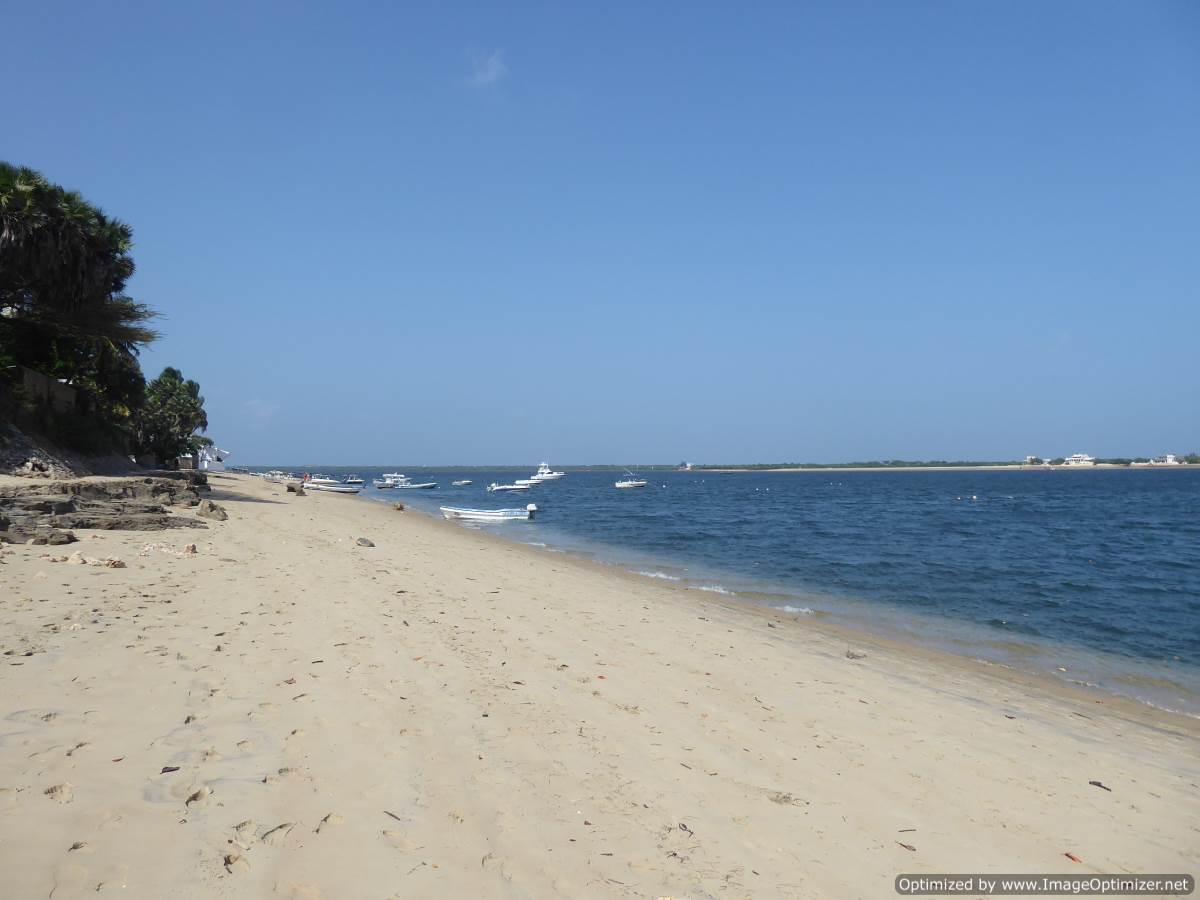

Having explored the few sights in Lamu town, the fort, the donkey sanctuary (apparently there are over 3000 donkeys working on the island), the mosque and as many back alleyways as we could stomach we decided to spend the rest of our time pottering around Shela Village and enjoying delicious food and beers at Peponi Hotel which we justified by the walk each way, ignoring the perpetual shouts from boatmen and motorbikes to take us to our destination “very cheap”.


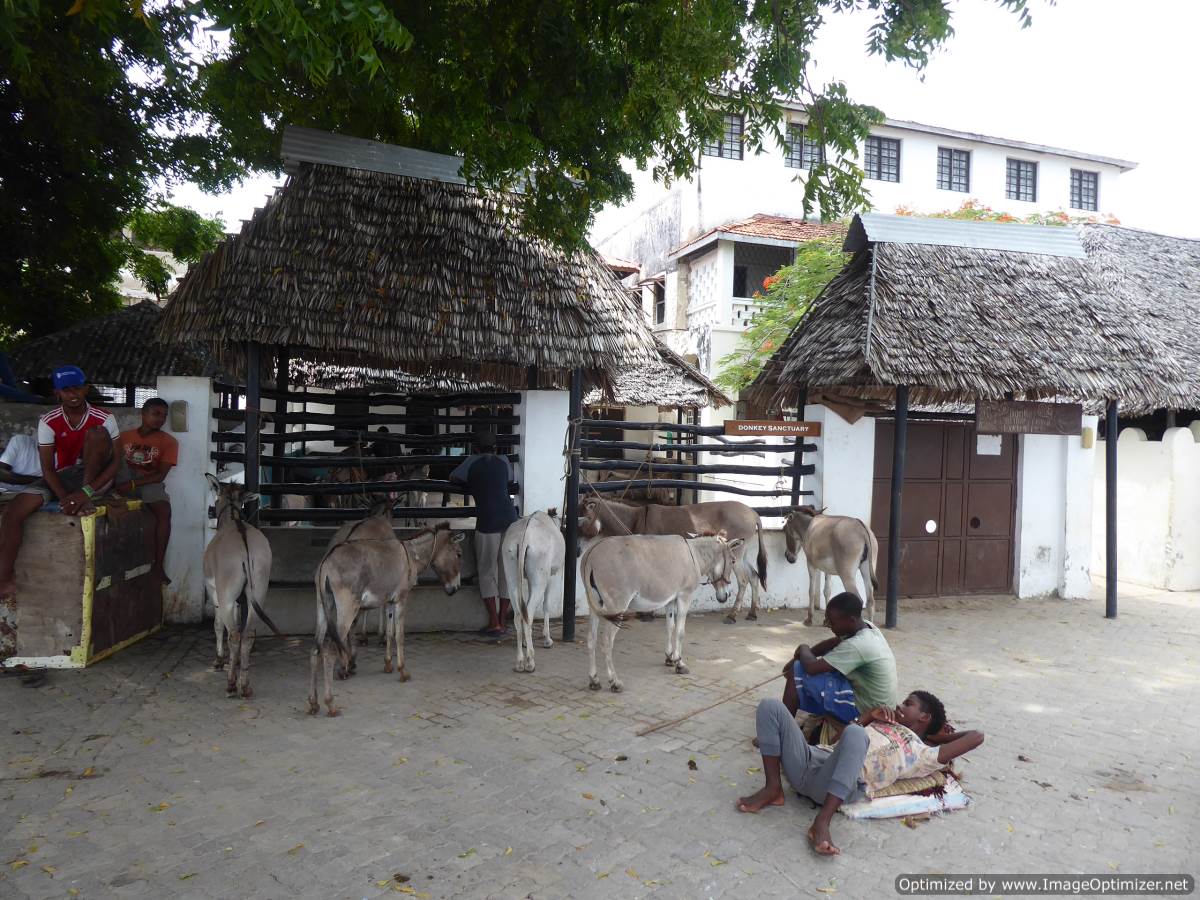
On Thursday 18th January we got the public ferry back across to Manda Airport and a 25 minute flight south to Malindi Airport which is probably around halfway between Mombasa and Lamu. We had booked 4 nights in a room at Kimya House in Watamu and were welcomed by Alfredo, the Italian owner, who encouraged us to take the cottage in the gardens. This we agreed was the best room we have had so far in this trip, we had our own outside veranda overlooking the beautiful gardens and pool, a huge bed and spacious bathroom. We felt so spoilt and Alfredo and his small team went out of their way to make their sure guests feel very welcome and enjoy their time in Watamu.
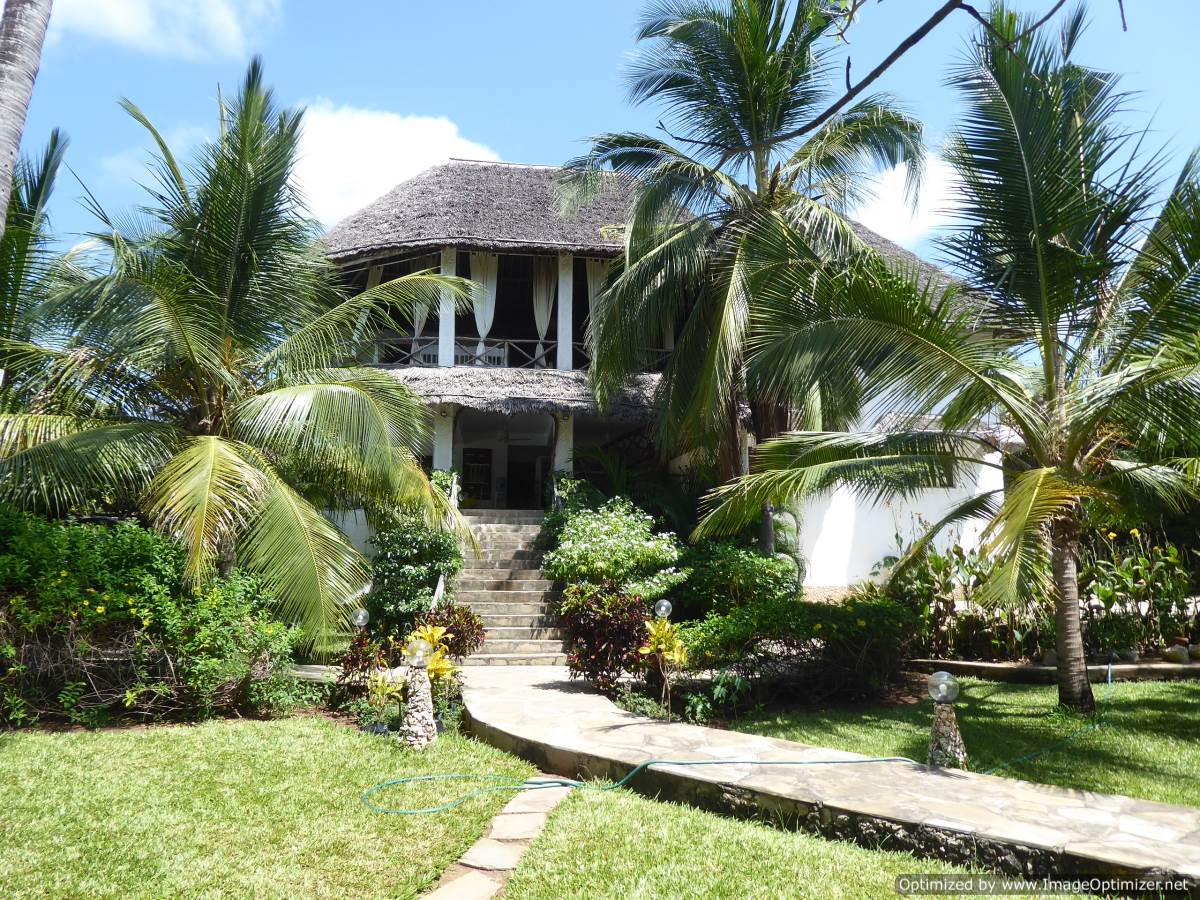
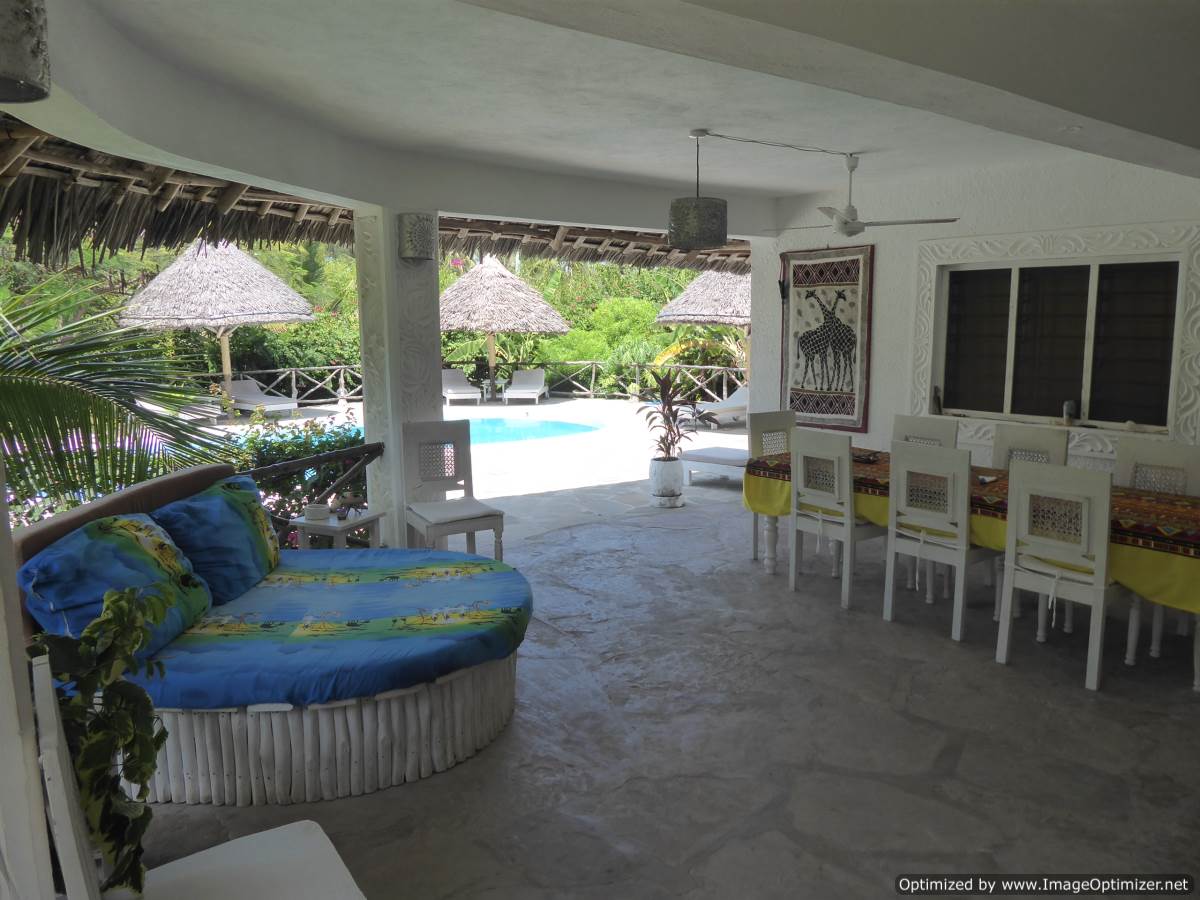
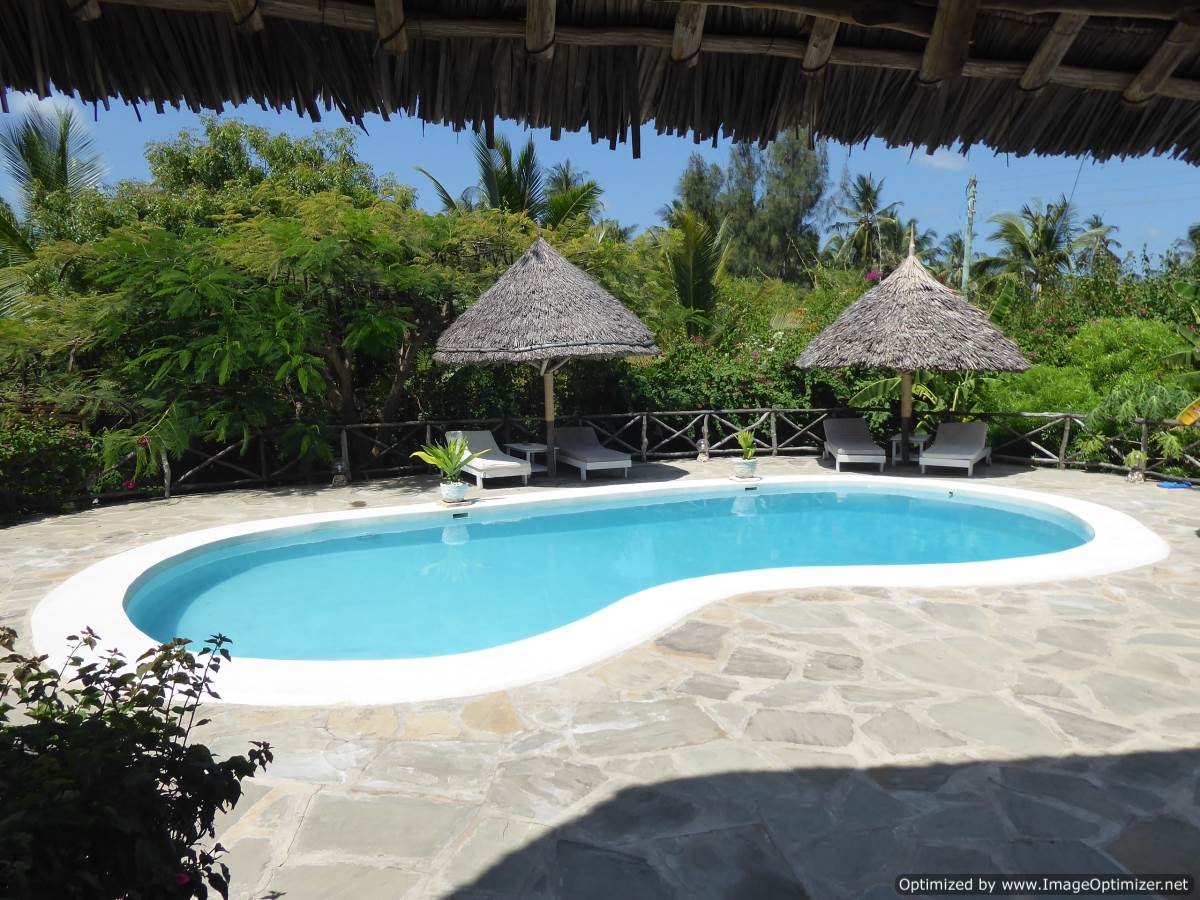
We were so enjoying the area that we extended our stay by 2 nights and moved to a beachside resort a few kilometres further south. Watamu is spread out, there are a number of different beaches to choose from and we visited several, the water is clear and warm and thanks to a Beach Clean Up initiative started in 2023 they are extremely clean and plastic free. The majority of the tourists who come to Watamu seem to be Italian which means that there are a number Italian restaurants serving fabulous food. We also noticed that most of the locals speak three languages fluently, Swahili, Italian and English.
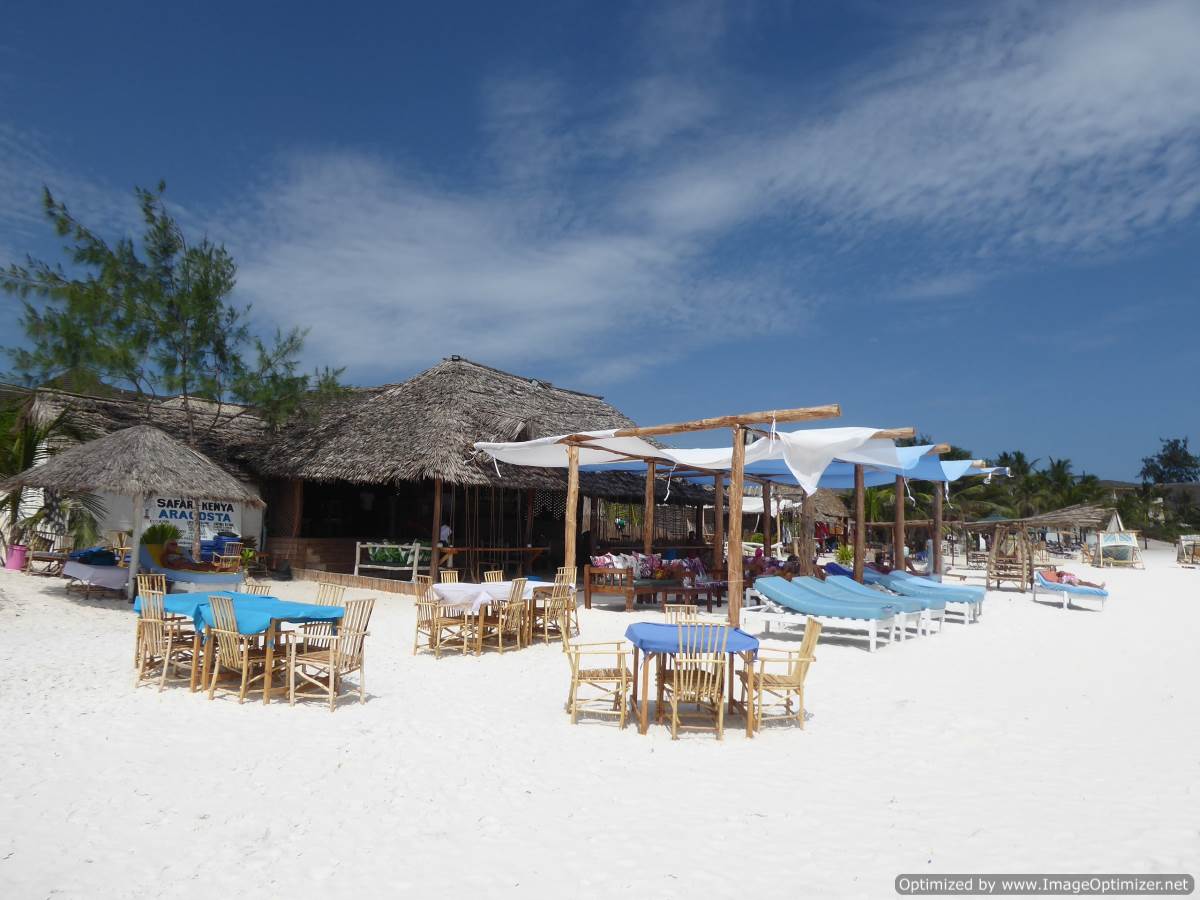

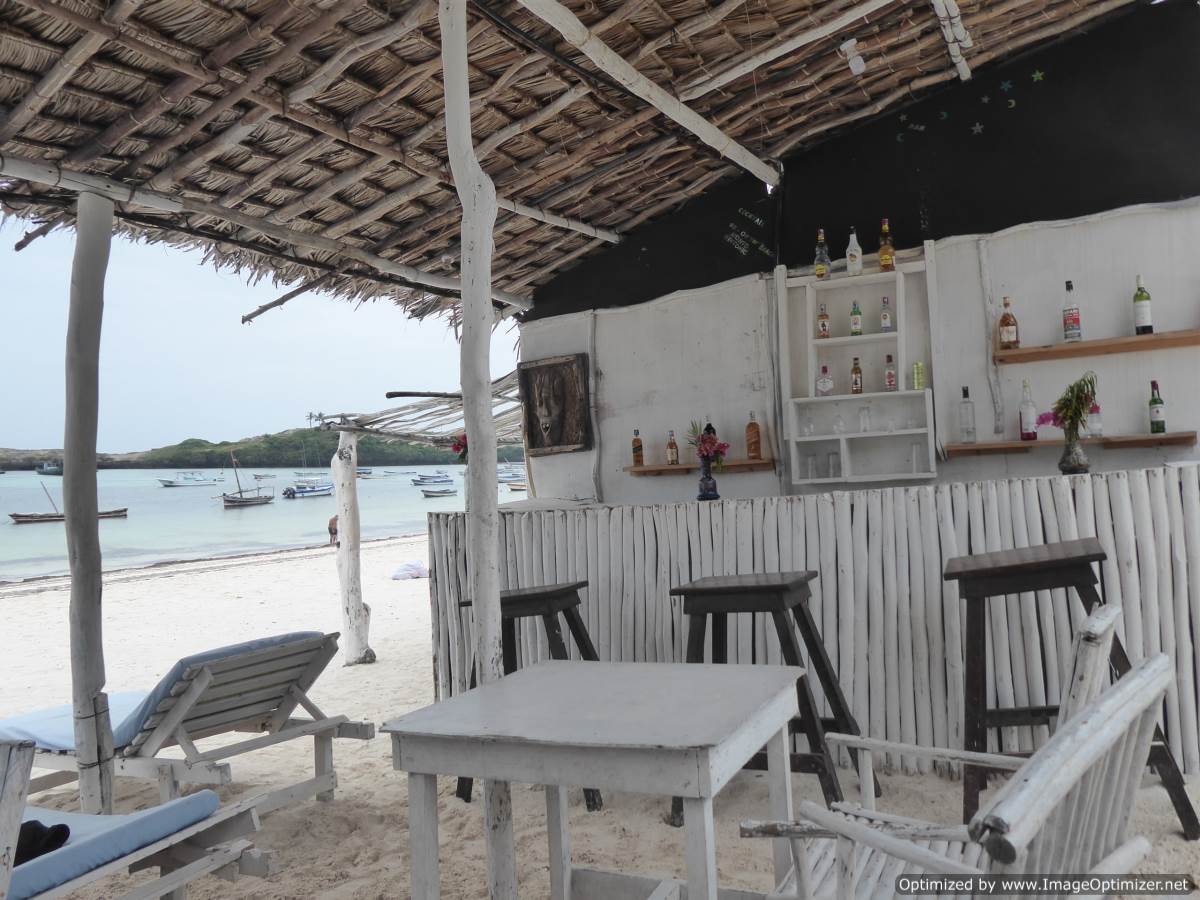
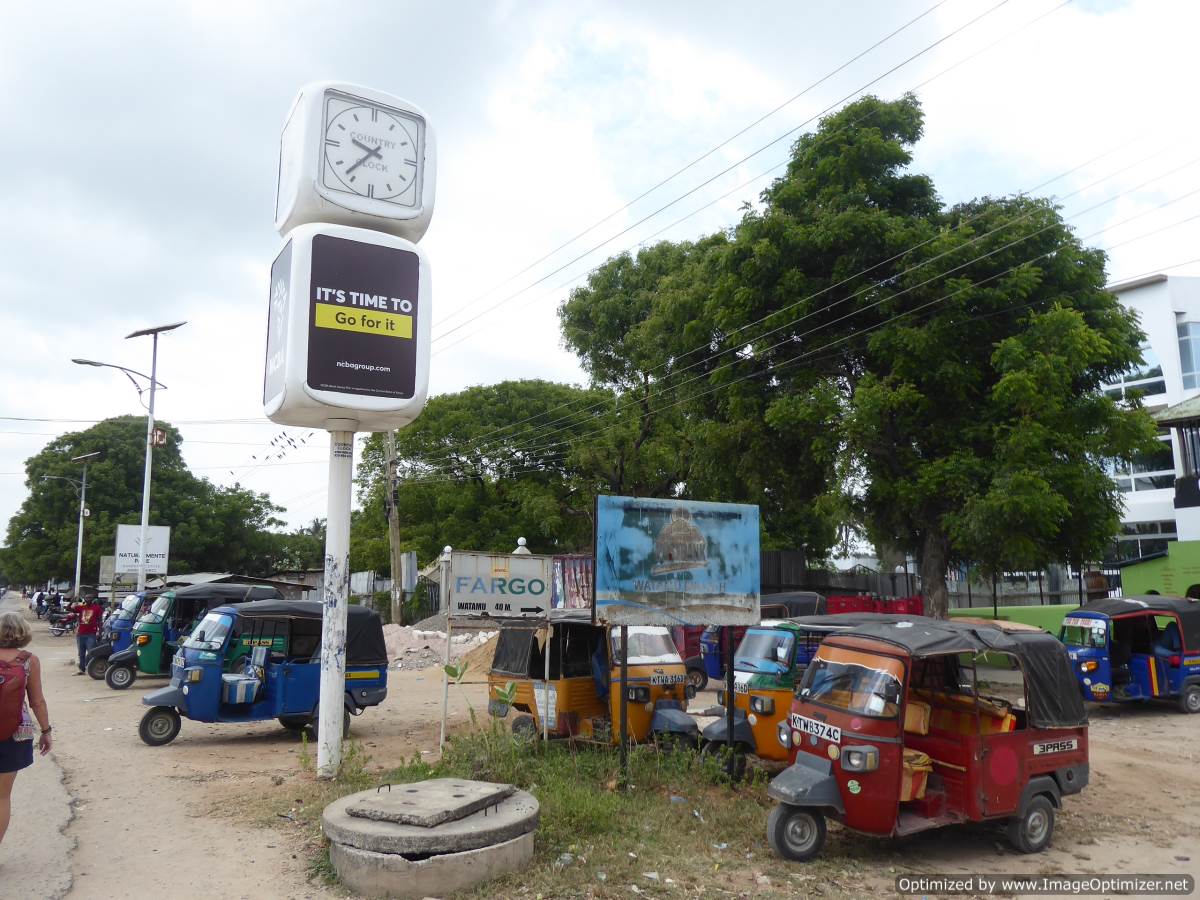
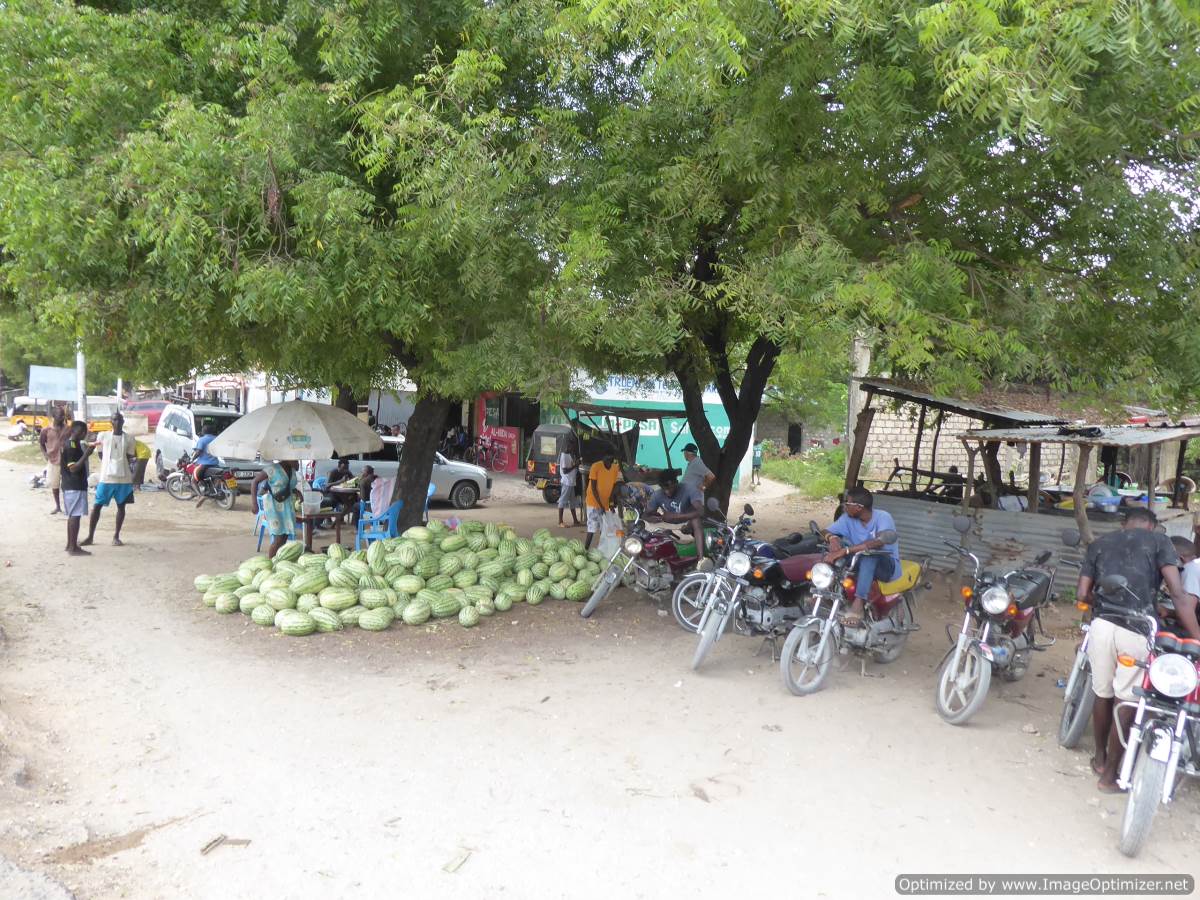


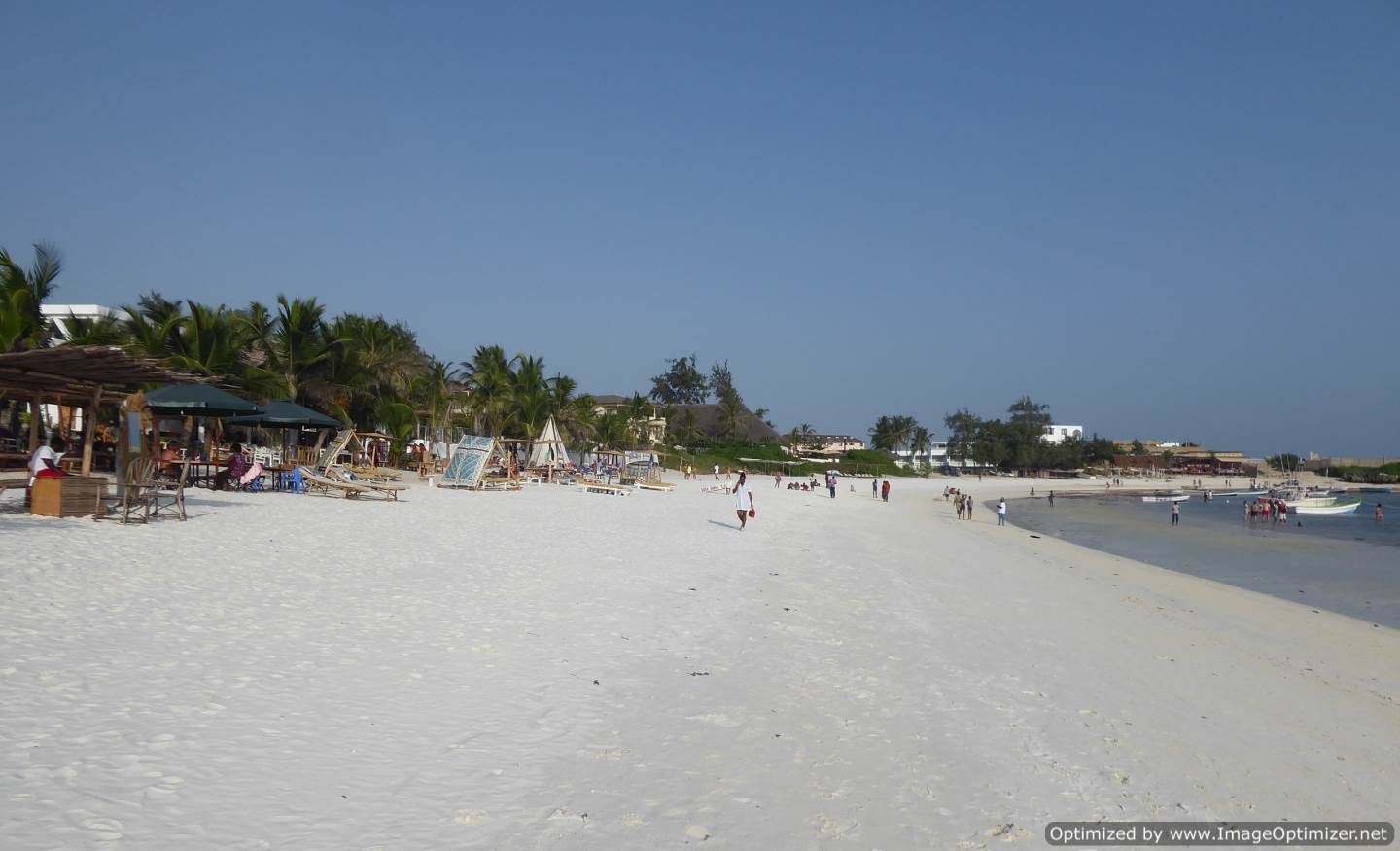
By co-incidence our Nairobi friends Sarah and Nick were having a weekend break in a nearby very classy beach resort and so we joined them for dinner one evening and had a very happy evening of drinks, delicious food and lots of laughs.


Not far from our guesthouse we had noticed an Anglian Church with a service in English at 8am each Sunday so Annie set off to join them (far too early in the day for Richard) and was warmly welcomed and enjoyed a very special service with the 30 or so other worshippers.
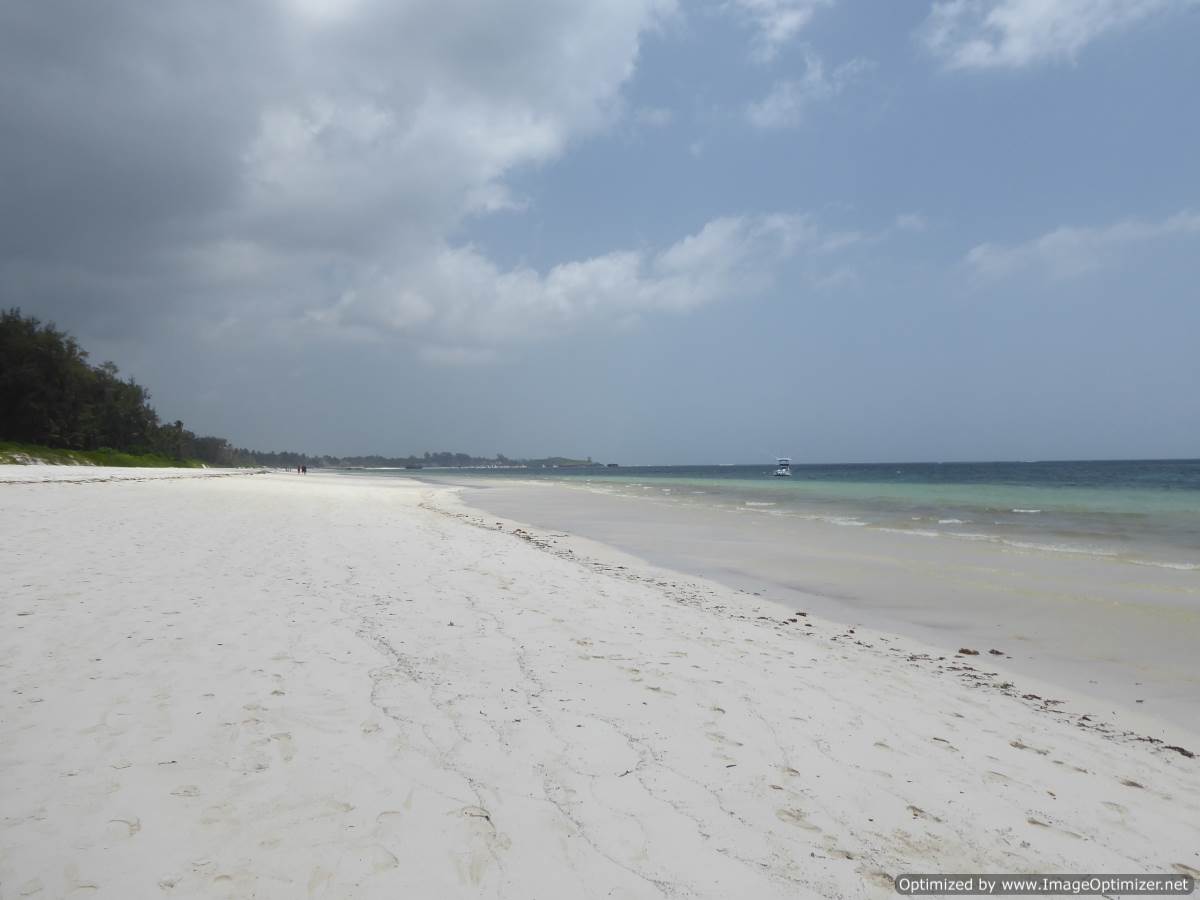


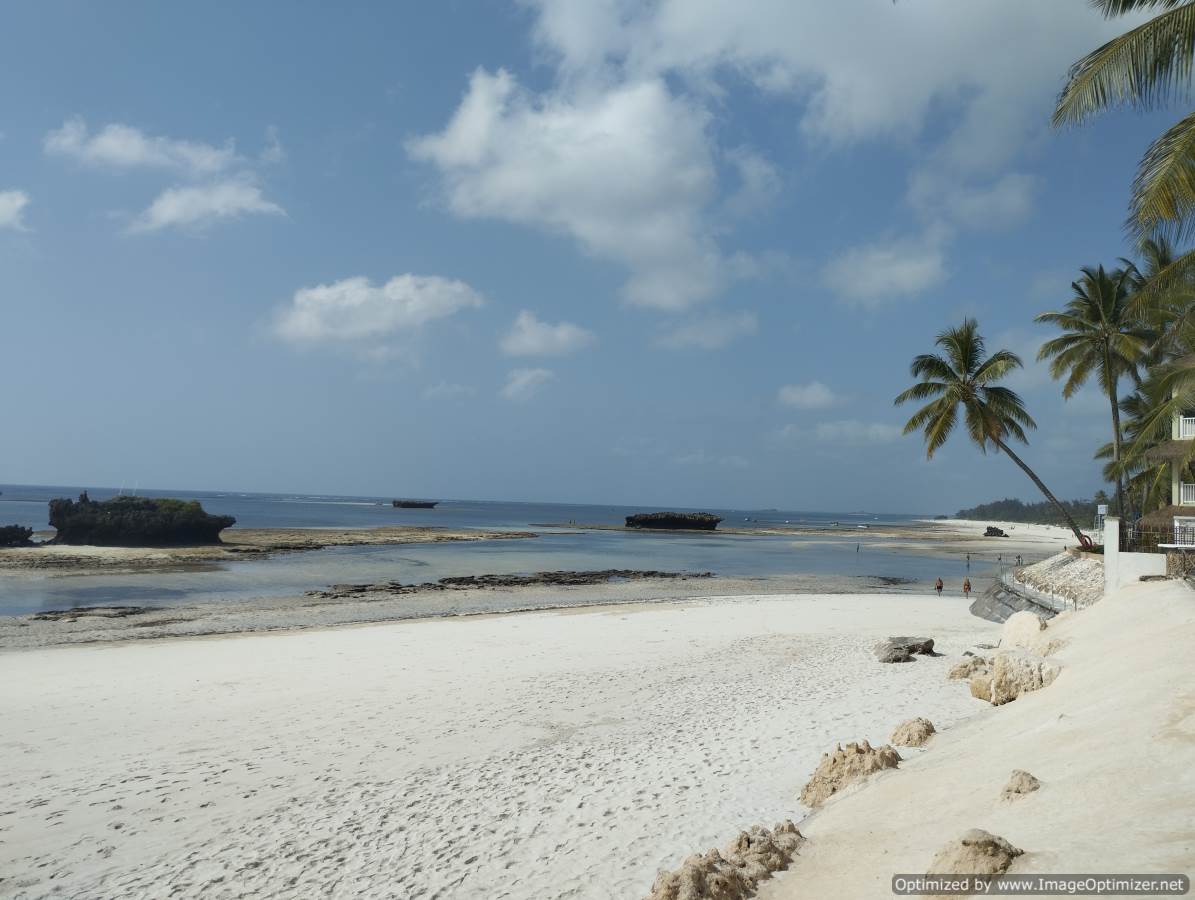
Since arriving in Kenya we have been struck at the widespread use of MPESA as a payment method. This is a phone App where people safely store their cash (a virtual bank account) and it’s used for payments in almost every environment from shops, restaurants, Uber rides and all forms of transport. In fact the only way we could buy our Mombasa Train tickets was through MPESA. It is preferred to cash indeed even a tuk tuk driver who we paid in cash could not give us change on the return journey because he had already changed the cash we gave him into ‘electronic money’ on his MPESA account. We’re finding this difficult to get used to as transferring money from a UK bank account incurs charges.

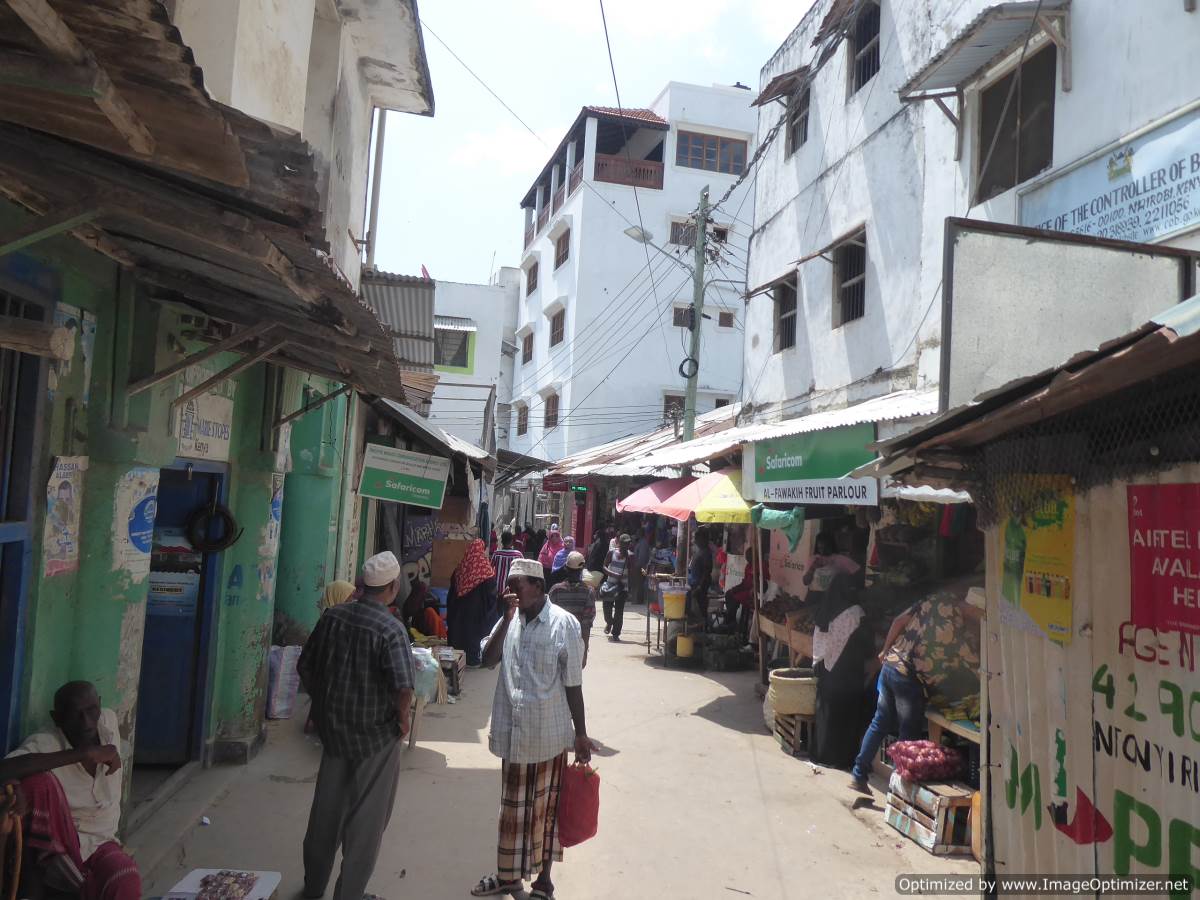

Tomorrow we continue southwards in the Kenya coast to the famous Diani Beach area.

Your adventures continue! You could consider the Wise debit multi currency card for future travels. Easy to transfer money at a great rate and then you can use that card wherever you using local currency. Works really well. Enjoy the rest of your time in Kenya.
LikeLike